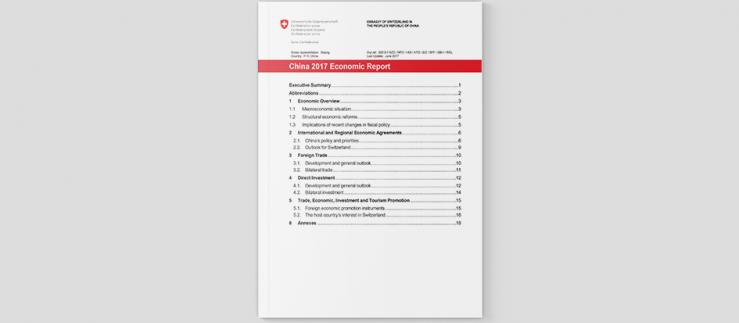1. Analyzing customer potential and the competitive situation with precision
China is no longer an insider tip – on the contrary, in many sectors and niches, many companies from all over the world are now rushing in, and local companies are also increasingly gaining in stature. Although the potential may look great in theory, it can be difficult to develop in practice. The basis for any project in China is therefore a thorough market analysis:
- How much actual potential is there in your segment? What are the trends? How will this potential develop?
- Perhaps there are even legal restrictions that impede the trade of a foreign company – in some sectors such as energy or telecommunications, this is the case.
- Who are your main competitors and what business model do they use in China?
- In what part of the country are your customers and competitors active? Due to the immense size of the country, this can vary drastically. Distribution partners often indicate that they can cover all parts of the country, which is usually unrealistic.
2. Evaluating the right form of market entry
How to take the first steps in China depends on the findings of your customer and competitor analysis. There are the following options:
- Distribution partner/agent: dependency on the performance of the partner, but relatively quick and little expense. At the same time, the partner will need a great deal of assistance from Switzerland to be able to work effectively.
- Representative office: having your own representation offers more control in the market over partners, faster service after the customer (after sales), but it means more expense than working with a distribution partner. Moreover, a “rep op” cannot issue its own invoices in China. This solution is being used less and less frequently nowadays.
- Joint venture: access to resources and the partner’s knowledge of the market, partly obligatory, but loss of control is a threat and cultural differences have to be overcome. The interests and objectives of both partners should be clearly communicated before concluding a contract.
- Subsidiary: high market presence, full control, but greater expense and often difficult to achieve for SMEs
3. Registering products and considering other regulations
As in many Western countries, there are various regulations for products traded in China and certifications must be obtained to sell them. Especially for health products, medical technology, but also for foodstuffs, especially dairy products and baby milk powder, and cosmetics, these approval procedures can be lengthy and cost-intensive. An example for cosmetic products: approval can take six to twelve months and the costs can amount to up to USD 15,000 per product. For medical devices and technologies, up to USD 200,000 can end up in the budget in some cases, over an approval period of several years. Certain products do not receive approval. SMEs in particular are strongly urged to clarify these matters before starting a project in China, because a lot has to be invested there.
4. Registering patents and brand names
Many Chinese companies are now developing their own innovations, registering patents, and are keen to protect these assets. Although it is still often the case that products or technologies are copied, especially in the centers on the east coast, good legal instruments are now available to allow foreign firms to defend themselves. These include the registration of patents and brand names. In China, the first-to-file principle applies. The first party to register a trademark generally receives the right to use it. It is also important to conclude airtight legal agreements with partners and customers.
For consumer goods manufacturers especially, the choice of a catchy Chinese brand name is another challenge. The meaning, the sound, the tone and the choice of Chinese characters could evoke either desirable or undesirable associations in the end customers. It is crucial for SMEs to consult local marketing and PR experts as well as capable translators.
Are you unsure if you have considered everything?
Switzerland Global Enterprise will create a custom-tailored market analysis so that you can find answers to all of your questions and and your market entry in China can go ahead successfully.







